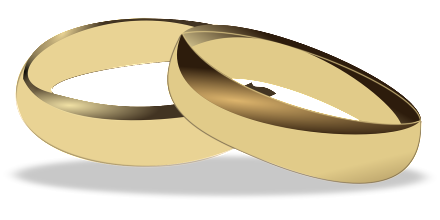 This post is part of a long-term project I’ve been working on regarding the history of marriage in the tax code.
This post is part of a long-term project I’ve been working on regarding the history of marriage in the tax code.
As I finish sections of the research paper I’m working on, I’ll post them here. This is a big project, one that will likely take years, literally, to finish, so I can’t guarantee when the next post on this topic will appear.
—–
As mentioned in Part 2, the original tax code provided large exemption amounts. The result was that taxes were something that the average person didn’t have to think about.
The tax brackets and exemption amounts remained generous until 1917. U.S. involvement in World War I meant that the government needed more revenue. The result was legislation that made the tax brackets and exemptions much less friendly.
In 1917, the lowest tax rate within the tax bracket was increased to 2% on the first $2,000 of taxable income ($2,000 in 1917 was the equivalent of approximately $36,000 today). As a reminder, in 1913, the lowest tax bracket was 1% on the first $20,000 of taxable income (the equivalent of more than $460,000 today).
Let that change soak in for a moment.
In 1918, the lowest bracket was increased to 6% on the first $4,000 of taxable income ($60,000 in today’s dollars).
That bottom rate would be cut to 4% on the first $4,000 of income starting in 1919. The 1919 rate is the rate that would be in effect through 1923.
Surtaxes
A surtax kicked in at $4,001 of taxable income, pushing the tax rate to 8% for taxable income between $4,001 and $5,000. The rates rose progressively from there. The exemption amounts were also slashed during these reforms, to $1,000 for single filers and $2,000 for married couples.
The reduced exemption amounts meant that a single person was required to file a tax return on approximately $18,000 in modern-day dollars, and a married couple was required to file a tax return at $36,000 in modern-day dollars. Remember, in 1913 those exemption amounts were the equivalent of approximately $70,000 for a single person and $93,000 for a married couple.
The result of the tax reform during this period is that tens of thousands of citizens were drawn into the tax system. In just one year, the number of tax returns filed quadrupled. In 1916, only 437,036 tax returns were filed. In 1917, 1,832,132 tax returns were filed. By 1920, 7,259,944 tax returns were filed – an increase of over 3,000% from 1916.
But as we’ll talk about in Part 4, married couples still filed joint returns most of the time.

